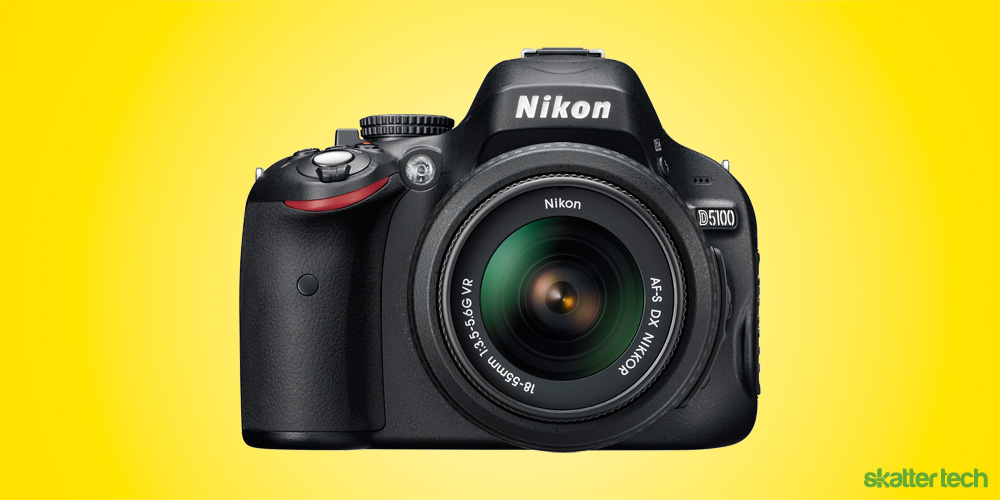

For example, you may have to buy extra lenses separately. Beyond the cost of the camera body, you can expect to pay for add-on components.

What are some extra costs I may incur with Nikon DSLR cameras?Ī. Nikon is one of the most trusted camera brand names, dating back to the days of film cameras. These cameras offer between 20 and 35 megapixels of resolution. You may find some older pro-level cameras in this price range, but most feature the latest technology. Enthusiast-level camerasĪlso called intermediate-level cameras, these Nikon DSLRs carry a price tag of between $750 and $2,000. Most of these DSLR cameras offer 16 to 24 megapixels of resolution. These include slightly older models as well as newer, basic cameras. The most basic Nikon DSLR cameras cost $300 to $750. The list here focuses on the camera body only, rather than kits with the camera body and a basic lens. You’ll find Nikon DSLR cameras in several different price ranges. If you use a non-DX lens on either a DX or FX Nikon DSLR camera, no crop factor occurs. This feature works well for people who want more telephoto capability, but as a trade-off, you lose some wide-angle capability. So a lens with a stated 50mm focal length would look like a 75mm focal length on the DSLR camera because of the crop factor. Nikon calls this situation the crop factor for the lens.ĭX lenses feature a crop factor of 1.5x. If you use a DX lens on a DX image sensor or FX image sensor Nikon DSLR camera, you’ll receive a greater telephoto capability than the lens has typically. We’ve collected some additional information on these two types of lenses as follows. (Nikon does not make lenses that say FX in the name they’re called non-DX lenses instead.)ĭX lenses can be built smaller because they’re designed to work with the smaller DX image sensor. If the Nikon DSLR lens does not say “DX” in its name, you’ll refer to the lens as a non-DX lens. For example, Nikon makes both DX and non-DX lenses.įor a DX lens, you’ll see “DX” in the name of the lens somewhere.

You’ll also hear this referred to as a full-frame image sensor camera.īecause of the way the Nikon DSLR lenses are designed, they have different capabilities with different image sensors. The FX-format image sensor has about the same dimensions as a frame of old 35mm film. These image sensor sizes can affect how your lenses will work, so you need to know the difference.Ī DX-format image sensor measures 24mm by 16mm, making it the smaller of the two options. Nikon DSLR cameras will carry one of two sizes of image sensors. Understanding Nikon DSLR image sensor formats You cannot swap out lenses with a point-and-shoot camera to gain new features. If you want to shoot action photos or have a minimum shutter lag, the DSLR dramatically outperforms the point-and-shoot camera. Overall image quality in a point-and-shoot camera cannot match a DSLR. If you’d like a large telephoto lens that can reach far-off objects, the cost is lower in a point-and-shoot camera than the cost of a DSLR telephoto lens. Point-and-shoot cameras are extremely easy to use. Many point-and-shoot cameras are smaller and weigh less than DSLR cameras. You get significantly less optical zoom capability with a smartphone camera than you do with higher-quality camera lenses. The image quality of a smartphone camera remains well below that of a DSLR camera, especially when shooting in harsh lighting. The touchscreen operation of this type of camera simplifies its usage quite a bit over a DSLR. People love the ability to share photos instantly on social media, and a smartphone camera excels in this area. Most people carry a smartphone at all times, making it handy to use as a camera. Below, you can read about the pros and cons of different types of cameras. Mirrorless interchangeable lens cameras have also become popular.

If you’re already using a smartphone camera or a point-and-shoot camera, you may wonder whether you need a Nikon DSLR. DSLR cameras borrow their shape and basic interior design from 35mm film SLR cameras.


 0 kommentar(er)
0 kommentar(er)
